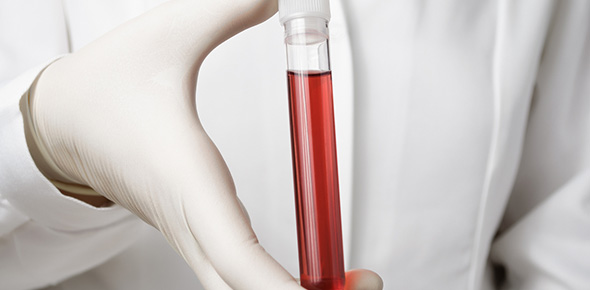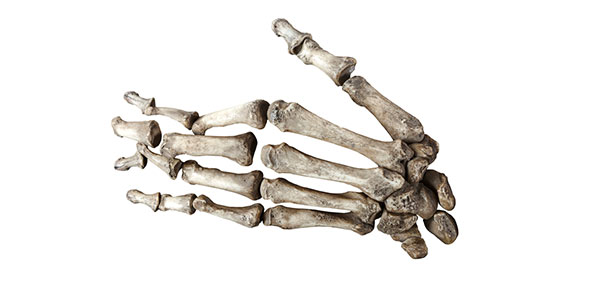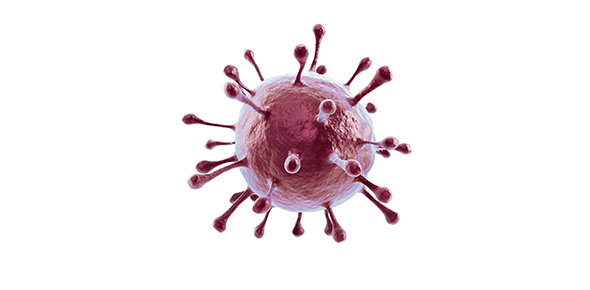Related Flashcards
Related Topics
Cards In This Set
| Front | Back |
|
The physiological responses that occur during sexual arousal, which many therapists and researchers have arbitrarily divided into different phases.
|
Sexual response cycle
|
|
A state that "is experienced as specific sensations which move the individual to seek out, or become receptive to, sexual experiences.
|
Desire
|
|
The engorgement (filling) of tissues with blood.
|
Vasocongestive Response (vasocongestion)
|
|
The first phase of the sexual response cycle as proposed by Masters and Johnson. The first sign is vasocongestion of the penis, leading to erection.
|
Excitement phase (men)
|
|
The second phase of the sexual response cycle proposed by Masters and Johnson. Physiologically, it represents a high state of arousal.
|
Plateau
|
|
The brief but intense sensations (focused largely in the genitals but really a whole body response) experienced during sexual arousal. During orgasm, rhythmic muscular contractions occur in certain tissues in both the man and woman. The third phase of the sexual response cycle proposed by Masters and Johnson.
|
Orgasm
|
|
The expulsion of semen from the body.
|
Ejaculation
|
|
The fourth and final phase of the sexual response cycle proposed by Masters and Johnson. It refers to a return to the unaroused state.
|
Resolution
|
|
In men, the period of time after an orgasm in which their physiological responses fall below the plateau level, thus making it impossible for them to have another orgasm (until the responses build back up to plateau).
|
Refractory Period
|
|
For many women, sexual desire is motivated less by biological urges than it is by relationship and intimacy needs.
|
Desire (women)
|
|
Arousability has been defined as "the capacity to become sexually aroused in response to situational cues". For many women, relationship and intimacy needs provide the situational cues.
|
Excitement (arousal) phase (women)
|
|
Having two or more successive orgasms without falling below the plateau level of physiological arousal.
|
Multiple orgasms
|
|
A small, sensitive area on the front wall of the vagina found in about 10% of all women.
|
Grafenberg (G) spot
|
|
Glands located in the urethras of some women that are thought to develop from the same embryonic tissue as the man's prostate, and that may be the source of a fluid emitted by some women during orgasm.
|
Skene's glands
|
|
Substances that enhance sexual desire or performance.
|
Aphrodisiacs
|







